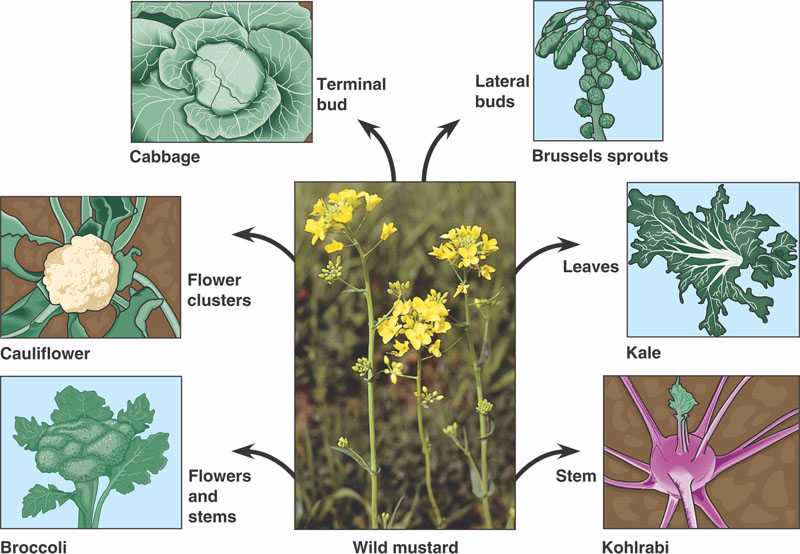Your Manganese deficiency in plants images are available in this site. Manganese deficiency in plants are a topic that is being searched for and liked by netizens today. You can Download the Manganese deficiency in plants files here. Find and Download all royalty-free photos.
If you’re searching for manganese deficiency in plants pictures information connected with to the manganese deficiency in plants keyword, you have pay a visit to the right site. Our website frequently gives you hints for seeing the maximum quality video and image content, please kindly surf and find more enlightening video content and graphics that fit your interests.
Manganese Deficiency In Plants. Manganese is highly immobile in the plant so mn deficiency symptoms are first seen in the young leaves. Similar to copper, manganese is important for immobilization of free oxygen radicals. 7h2o) as a soil applicant or a foliage spray. Toxicity might occur when manganese tissue levels are
 Manganese deficiency symptoms on a peach leaf. Bands along From pinterest.com
Manganese deficiency symptoms on a peach leaf. Bands along From pinterest.com
A person that does have a deficiency in manganese could experience the following symptoms:. There are many physiological disorders termed. Buds may not develop and will fall off. Symptoms of manganese deficiency in plants include: Manganese affects energy budget by regulating carbohydrate metabolism. A magnesium deficiency can occur when the plants are supplemented with a product or soil containing calcium but not magnesium including eggshells and agricultural lime.
Manganese is less mobile in the plant, therefore symptoms will appear first in the uppermost (youngest) leaves.
Reduction of nitrates in plants is only possible if sufficient manganese is present. Toxicity might occur when manganese tissue levels are Other plants susceptible to manganese deficiency include peas, green beans, raspberries, apples, and cherries. Since manganese is found in many foods within our daily diets, reports of manganese deficiency are rare. Manganese affects energy budget by regulating carbohydrate metabolism. The root system remains small and unhealthy due to the plant’s inability to photosynthesize.
 Source: reddit.com
Source: reddit.com
Manganese deficiency is a widespread problem, most often occurring in sandy soils, organic soils with a ph above 6 and heavily weathered, tropical soils. The root system remains small and unhealthy due to the plant’s inability to photosynthesize. Chelated forms of manganese can also be used as a foliar spray although this. Since manganese is found in many foods within our daily diets, reports of manganese deficiency are rare. A person that does have a deficiency in manganese could experience the following symptoms:.
 Source: smallgrains.ces.ncsu.edu
Source: smallgrains.ces.ncsu.edu
There are many physiological disorders termed. Soybeans and wheat are the two field crops most likely to develop manganese deficiency, although deficiency may also be found in corn and sugar beets. Manganese deficiency looks similar to magnesium (mg) deficiency but There are many physiological disorders termed. Magnesium is required for plants to access the energy provided by the sun to complete photosynthesis.
 Source: trifectanatural.com
Source: trifectanatural.com
Leaves become yellow and there is also interveinal chlorosis. Reduction of nitrates in plants is only possible if sufficient manganese is present. 7h2o) as a soil applicant or a foliage spray. How to fix a manganese deficiency in plants make any necessary ph adjustments for plant root absorption of manganese flush the system with nutrients, ph water and manganese use manganese sulphate It is typically worsened by cool and wet conditions (alloway 2008).
 Source: npketc.soils.wisc.edu
Source: npketc.soils.wisc.edu
Expect the foliage to turn yellow. There are many physiological disorders termed. It is typically worsened by cool and wet conditions (alloway 2008). Manganese deficiency symptoms, which often look like those of iron deficiency, appear as interveinal chlorosis (yellow leaves with green veins) on the young leaves, and sometimes tan, sunken spots that appear in the chlorotic areas between the veins. This deficiency is most common on alkaline soils (high ph), particularly if the irrigation water contains high levels of bicarbonate.
.jpg “Manganese deficiency in vegetables Agriculture and Food”) Source: agric.wa.gov.au
Leaves become yellow and there is also interveinal chlorosis. This deficiency is most common on alkaline soils (high ph), particularly if the irrigation water contains high levels of bicarbonate. It’s also crucial in ensuring that nitrates are usable for creating proteins, which is vital for weed plants. 7h2o) as a soil applicant or a foliage spray. Manganese deficiency looks similar to magnesium (mg) deficiency but
 Source: pinterest.com
Source: pinterest.com
Manganese is less mobile in the plant, therefore symptoms will appear first in the uppermost (youngest) leaves. A person that does have a deficiency in manganese could experience the following symptoms:. Manganese (chemical symbol mn) deficiency occurs in a wide range of crops with onions, beetroot, parsnip, cabbage, cauliflower, tomato and pumpkin the most susceptible. Reduction of nitrates in plants is only possible if sufficient manganese is present. Manganese is highly immobile in the plant so mn deficiency symptoms are first seen in the young leaves.
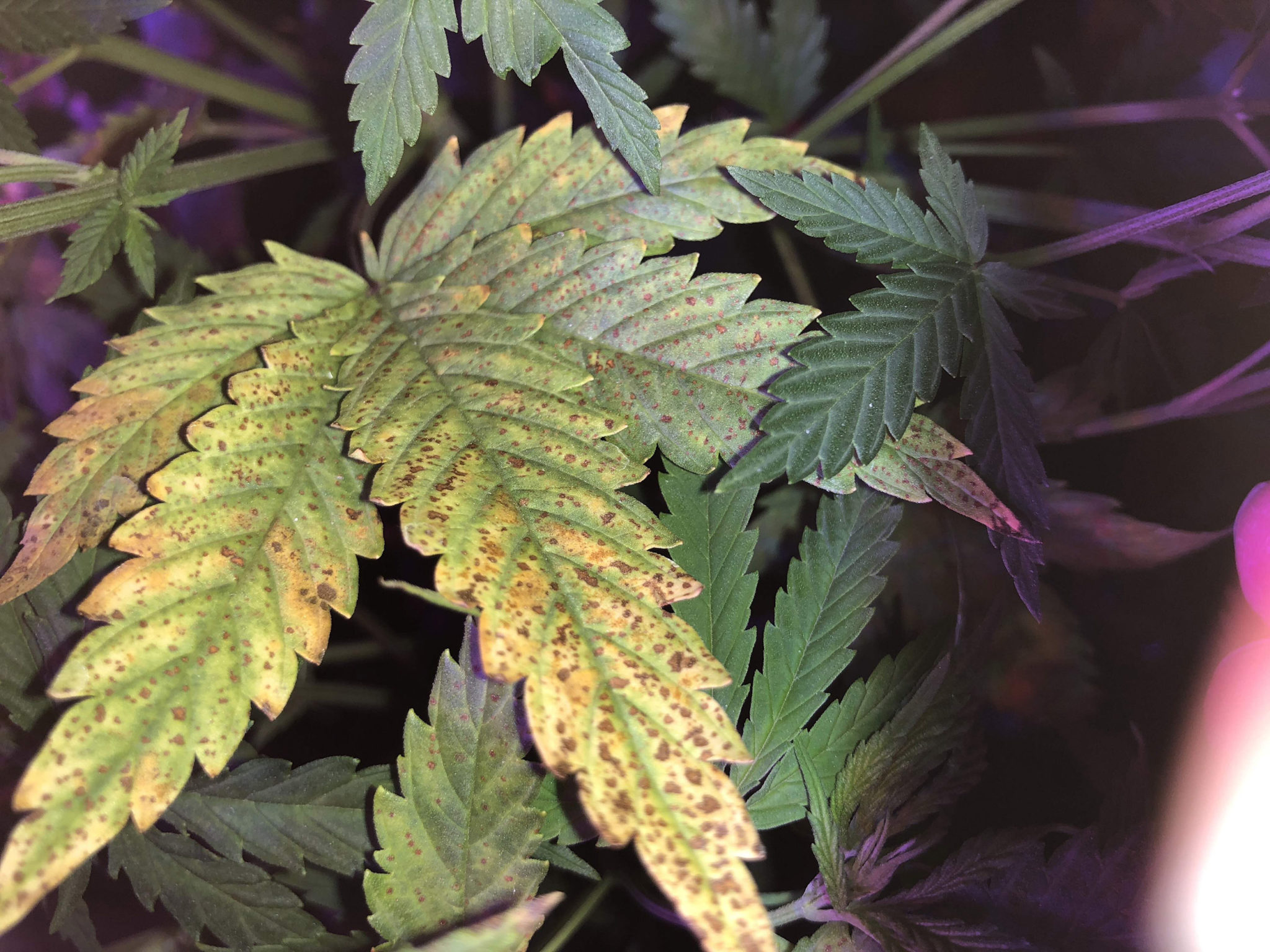 Source: sensiseeds.com
Source: sensiseeds.com
A person that does have a deficiency in manganese could experience the following symptoms:. Manganese deficiency is a widespread problem, most often occurring in sandy soils, organic soils with a ph above 6 and heavily weathered, tropical soils. Chelated forms of manganese can also be used as a foliar spray although this. It’s also crucial in ensuring that nitrates are usable for creating proteins, which is vital for weed plants. Treating manganese deficiency in the event that you detect a manganese deficiency in your plants, a number of steps can be taken.
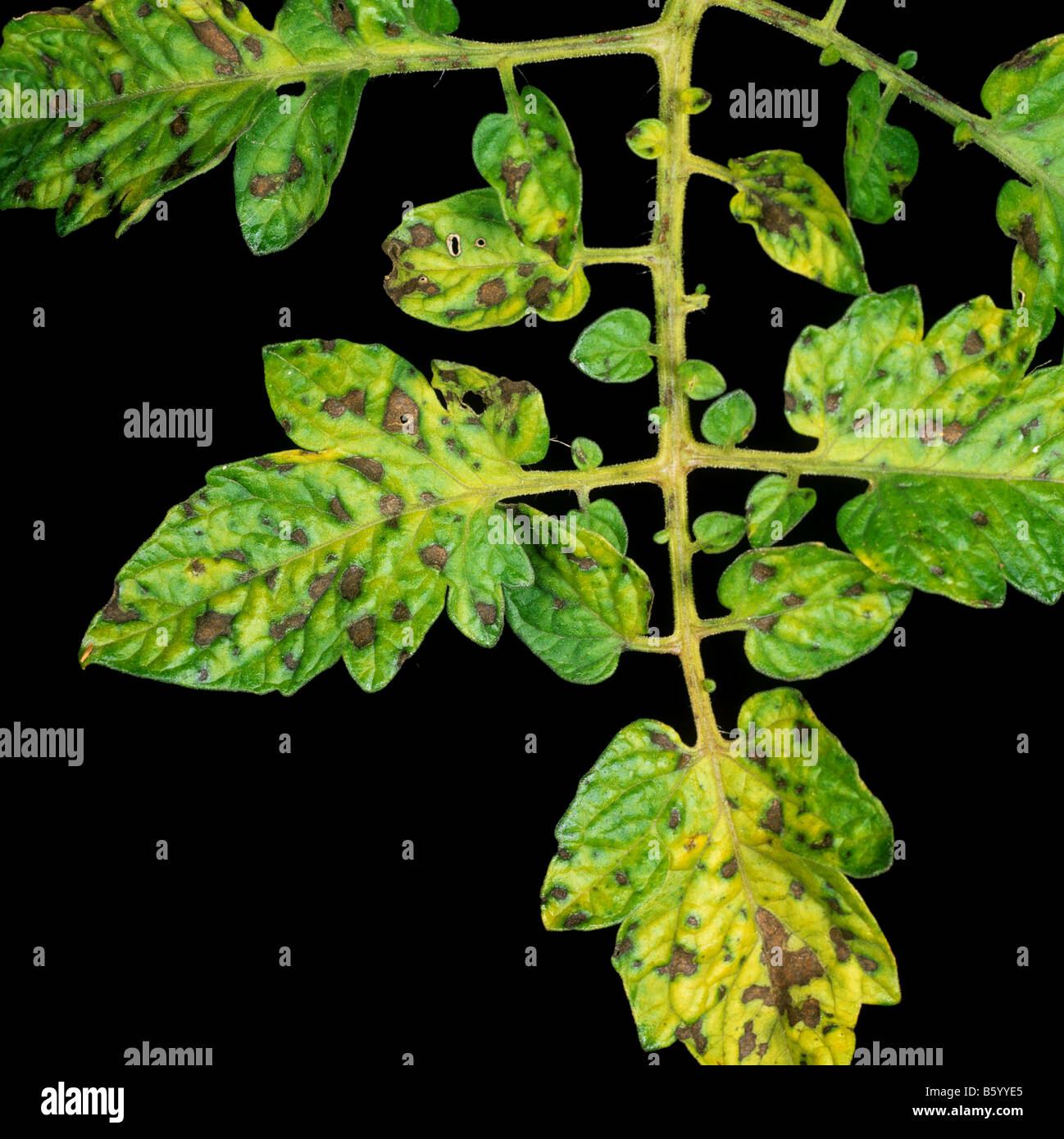 Source: alamy.com
Source: alamy.com
Manganese deficiency on a rose. This deficiency is most common on alkaline soils (high ph), particularly if the irrigation water contains high levels of bicarbonate. Manganese (mn) is an essential plant mineral nutrient, playing a key role in several physiological processes, particularly photosynthesis. Treating manganese deficiency in the event that you detect a manganese deficiency in your plants, a number of steps can be taken. Soybeans and wheat are the two field crops most likely to develop manganese deficiency, although deficiency may also be found in corn and sugar beets.
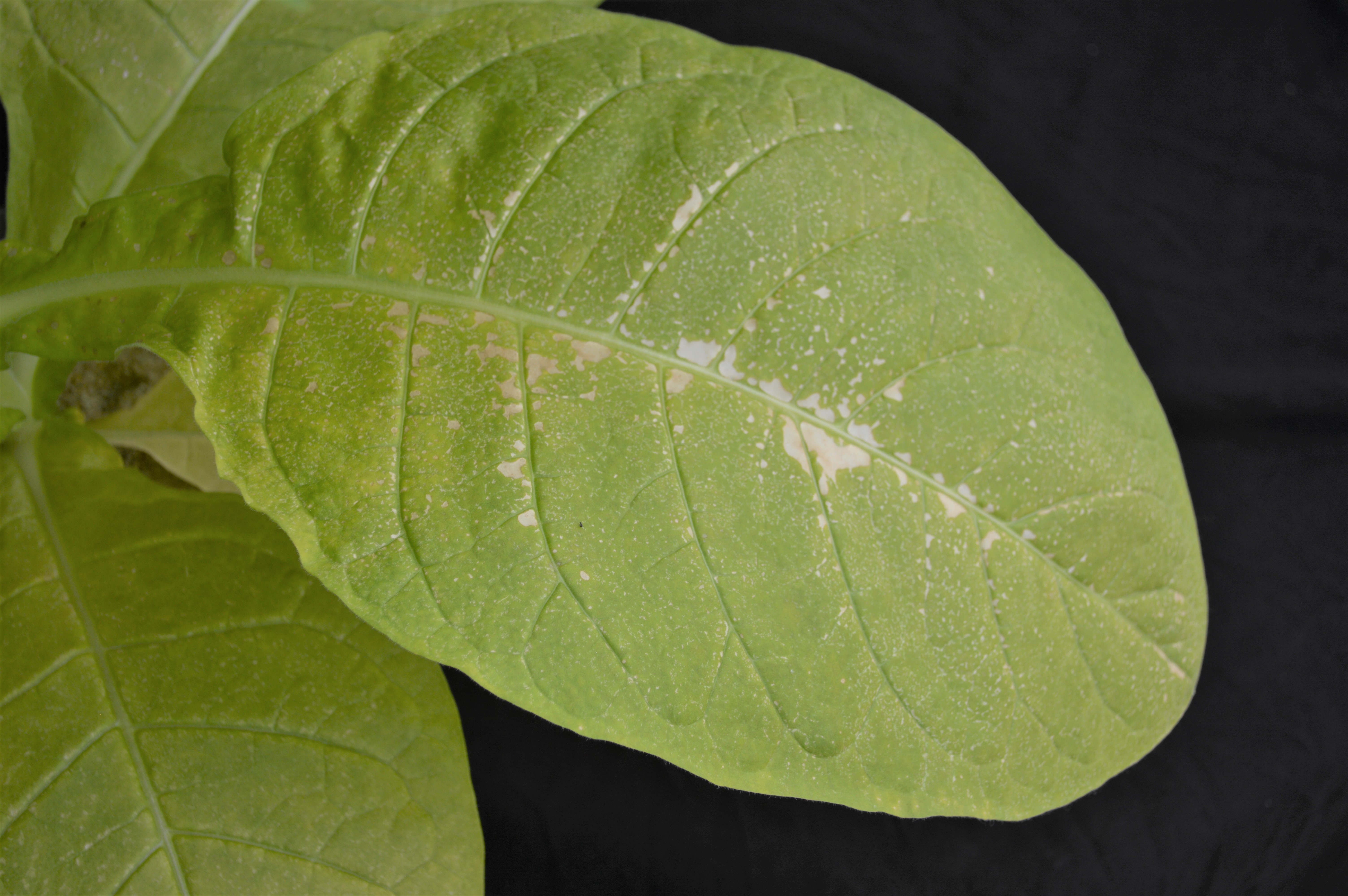 Source: tobacco.ces.ncsu.edu
Source: tobacco.ces.ncsu.edu
Manganese deficiency is the lack of adequate manganese in plants. Manganese is highly immobile in the plant so mn deficiency symptoms are first seen in the young leaves. Manganese (mn) deficiency is a plant disorder that is often confused with, and occurs with, iron deficiency.most common in poorly drained soils, also where organic matter levels are high. There are many physiological disorders termed. Excessive or unbalanced use of fertilizers may also result in some micronutrients competing with each other to.
.jpg “Manganese deficiency in vegetables Agriculture and Food”) Source: agric.wa.gov.au
Manganese (chemical symbol mn) deficiency occurs in a wide range of crops with onions, beetroot, parsnip, cabbage, cauliflower, tomato and pumpkin the most susceptible. Manganese (mn) is an essential plant mineral nutrient, playing a key role in several physiological processes, particularly photosynthesis. How the root grows will be based on manganese which protects the roots from bad microbes, and it is not often that you would see a manganese deficiency and instead, it is often related to high ph or. How to fix a manganese deficiency in plants make any necessary ph adjustments for plant root absorption of manganese flush the system with nutrients, ph water and manganese use manganese sulphate When new leaves begin turning yellow and show small, brown colored malignant spots in the center of the leaf, this is a sign of manganese deficiency.
.jpg “Manganese deficiency in vegetables Agriculture and Food”) Source: agric.wa.gov.au
Manganese is an essential micronutrient, critical to the photosynthesis process, creating chlorophyll and disintegrating enzymes. Manganese (mn) is an essential plant mineral nutrient, playing a key role in several physiological processes, particularly photosynthesis. A magnesium deficiency can occur when the plants are supplemented with a product or soil containing calcium but not magnesium including eggshells and agricultural lime. Overall, there can be a reduction in the size of the plant. Deficiency symptom of manganese in plants.
 Source: treloarroses.com.au
Source: treloarroses.com.au
Manganese deficiency on a rose. These chiorotic spots become necrotic and turn red, brown or reddish brown. How to fix a manganese deficiency in plants make any necessary ph adjustments for plant root absorption of manganese flush the system with nutrients, ph water and manganese use manganese sulphate Manganese is an essential micronutrient, critical to the photosynthesis process, creating chlorophyll and disintegrating enzymes. Chelated forms of manganese can also be used as a foliar spray although this.
 Source: sensigarden.com
Source: sensigarden.com
The leaf will have a netted appearance, because the veins of the leaves will remain green. Symptoms of manganese deficiency include interveinal chlorosisof new leaves, necroticspots and sometimes, small and/or irregularly shaped leaves. Manganese deficiency is the lack of adequate manganese in plants. Soybeans and wheat are the two field crops most likely to develop manganese deficiency, although deficiency may also be found in corn and sugar beets. Expect the foliage to turn yellow.
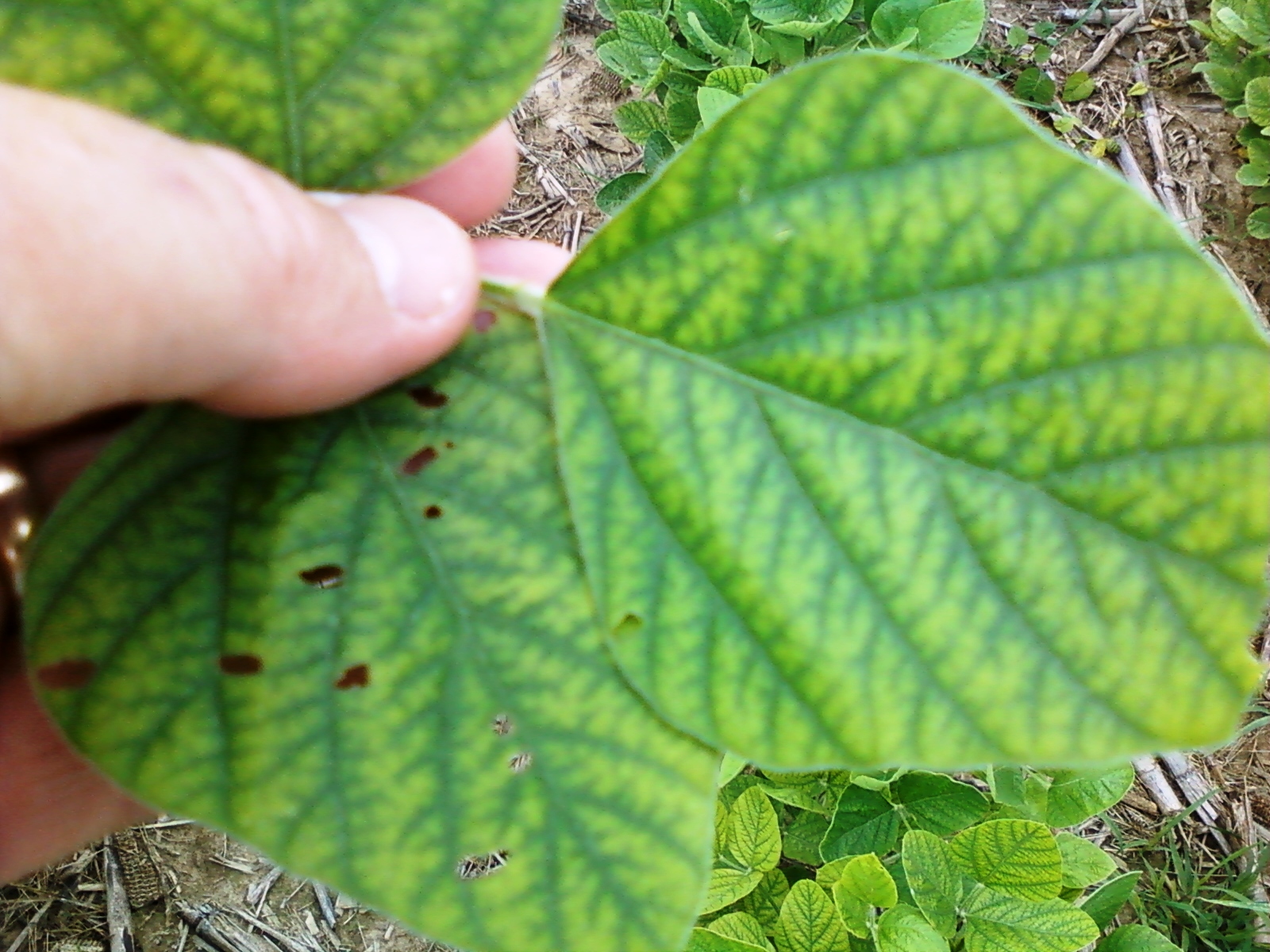 Source: blogs.ext.vt.edu
Source: blogs.ext.vt.edu
Maganese deficiency in plants manganese is a type of micronutrient that helps with certain important cell functions, which include photosynthesis, respiration, and nitrogen use. Excessive or unbalanced use of fertilizers may also result in some micronutrients competing with each other to. Manganese deficiency looks similar to magnesium (mg) deficiency but Firstly, check that the soil ph is close to neutral. Symptoms of manganese deficiency include interveinal chlorosisof new leaves, necroticspots and sometimes, small and/or irregularly shaped leaves.
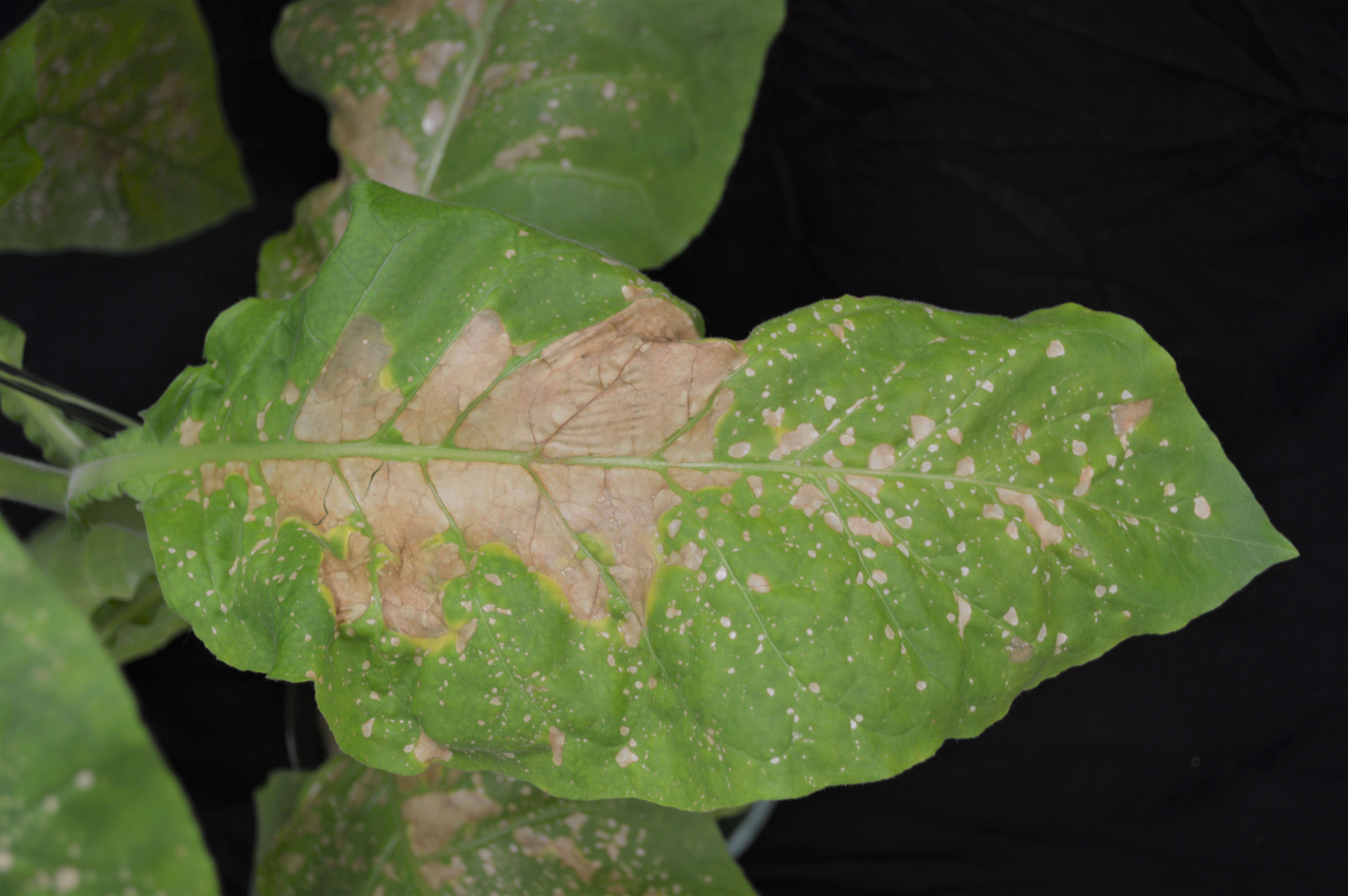 Source: tobacco.ces.ncsu.edu
Source: tobacco.ces.ncsu.edu
Manganese deficiency symptoms, which often look like those of iron deficiency, appear as interveinal chlorosis (yellow leaves with green veins) on the young leaves, and sometimes tan, sunken spots that appear in the chlorotic areas between the veins. A magnesium deficiency is more common for plants grown in sandy or light soils. Manganese is not a part of chlorophyll. Manganese (mn) is an essential plant mineral nutrient, playing a key role in several physiological processes, particularly photosynthesis. Similar to copper, manganese is important for immobilization of free oxygen radicals.
 Source: mrgrowit.com
Source: mrgrowit.com
Expect the foliage to turn yellow. If the plant has too much manganese, it will cause a lack of iron. This deficiency is most common on alkaline soils (high ph), particularly if the irrigation water contains high levels of bicarbonate. How the root grows will be based on manganese which protects the roots from bad microbes, and it is not often that you would see a manganese deficiency and instead, it is often related to high ph or. Manganese affects energy budget by regulating carbohydrate metabolism.
 Source: jungseedgenetics.com
Source: jungseedgenetics.com
Manganese is less mobile in the plant, therefore symptoms will appear first in the uppermost (youngest) leaves. Most symptoms of cannabis manganese deficiency will show up on the leaves. Manganese is an essential micronutrient, critical to the photosynthesis process, creating chlorophyll and disintegrating enzymes. How the root grows will be based on manganese which protects the roots from bad microbes, and it is not often that you would see a manganese deficiency and instead, it is often related to high ph or. Manganese is highly immobile in the plant so mn deficiency symptoms are first seen in the young leaves.
 Source: pinterest.com
Source: pinterest.com
A magnesium deficiency can occur when the plants are supplemented with a product or soil containing calcium but not magnesium including eggshells and agricultural lime. Reduction of nitrates in plants is only possible if sufficient manganese is present. Manganese toxicity can occur due to reasons such as less ph in soil, stagnated water, and excessive usage of fungicides. A mn deficiency is recognized by interveinal chlorosis (yellowing between the veins of the leaves) while the veins themselves remain dark green (figure 1). Even so, mn deficiency frequently occurs without visual leaf symptoms, thereby masking the distribution and dimension of the problem restricting crop productivity in many places of the world.
This site is an open community for users to submit their favorite wallpapers on the internet, all images or pictures in this website are for personal wallpaper use only, it is stricly prohibited to use this wallpaper for commercial purposes, if you are the author and find this image is shared without your permission, please kindly raise a DMCA report to Us.
If you find this site serviceableness, please support us by sharing this posts to your favorite social media accounts like Facebook, Instagram and so on or you can also bookmark this blog page with the title manganese deficiency in plants by using Ctrl + D for devices a laptop with a Windows operating system or Command + D for laptops with an Apple operating system. If you use a smartphone, you can also use the drawer menu of the browser you are using. Whether it’s a Windows, Mac, iOS or Android operating system, you will still be able to bookmark this website.



